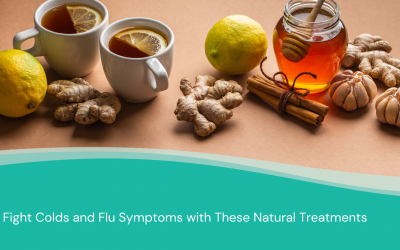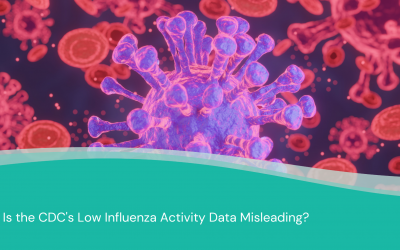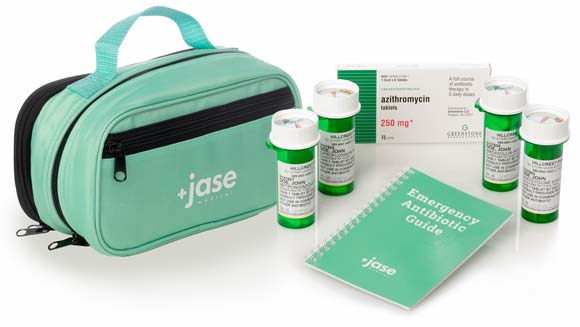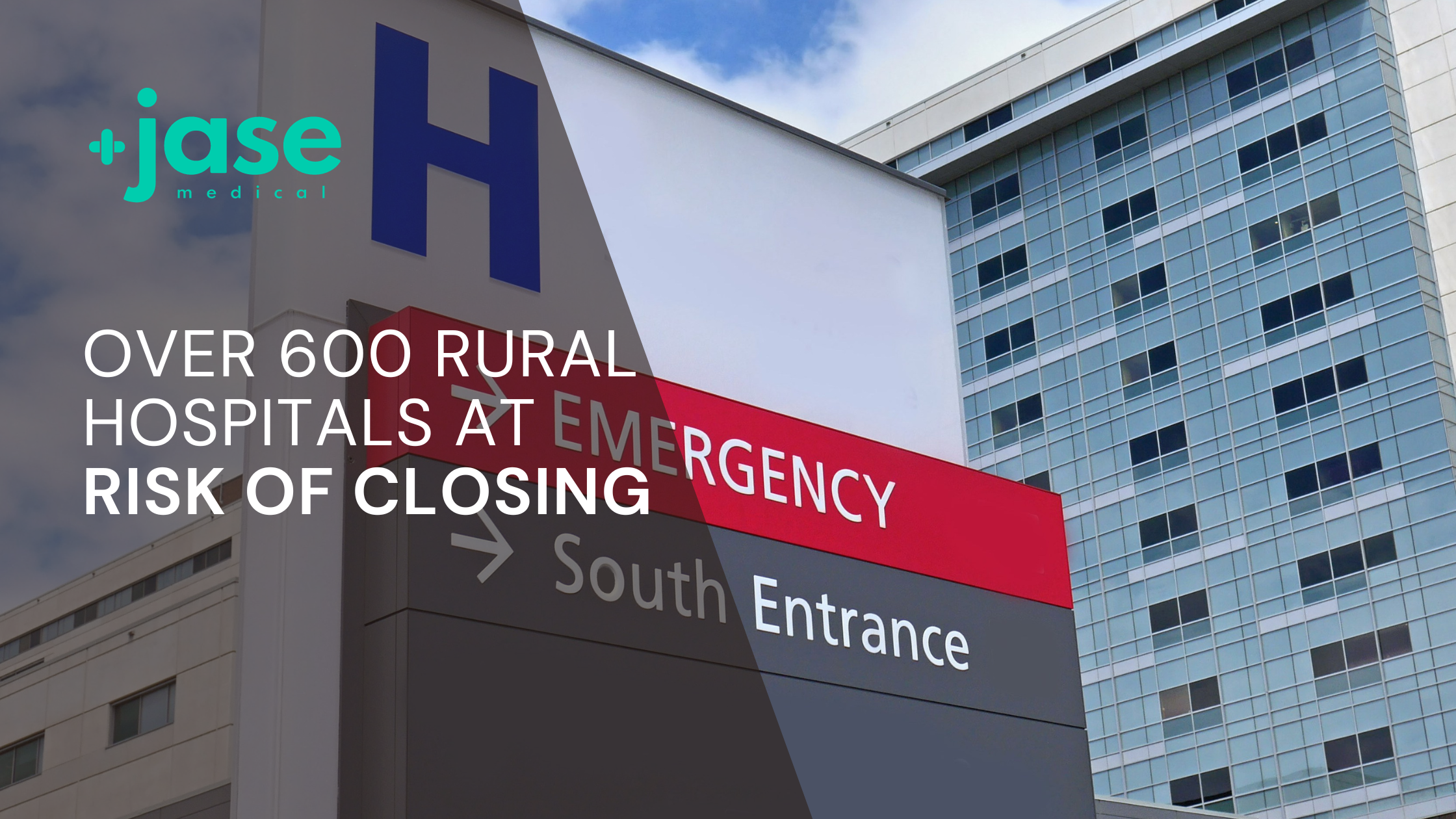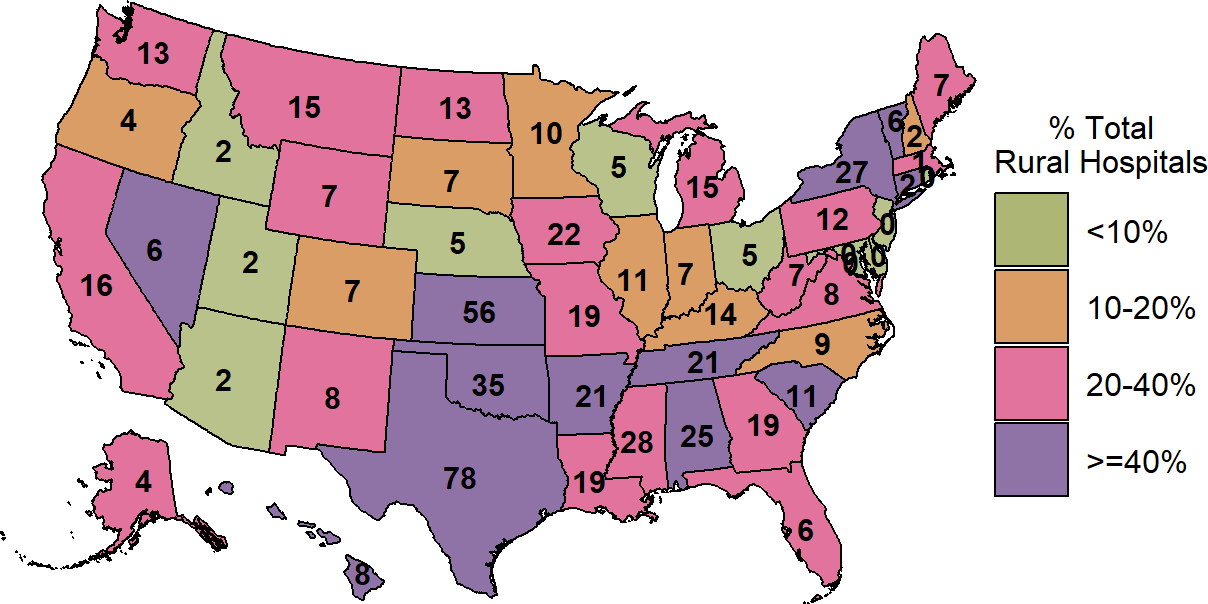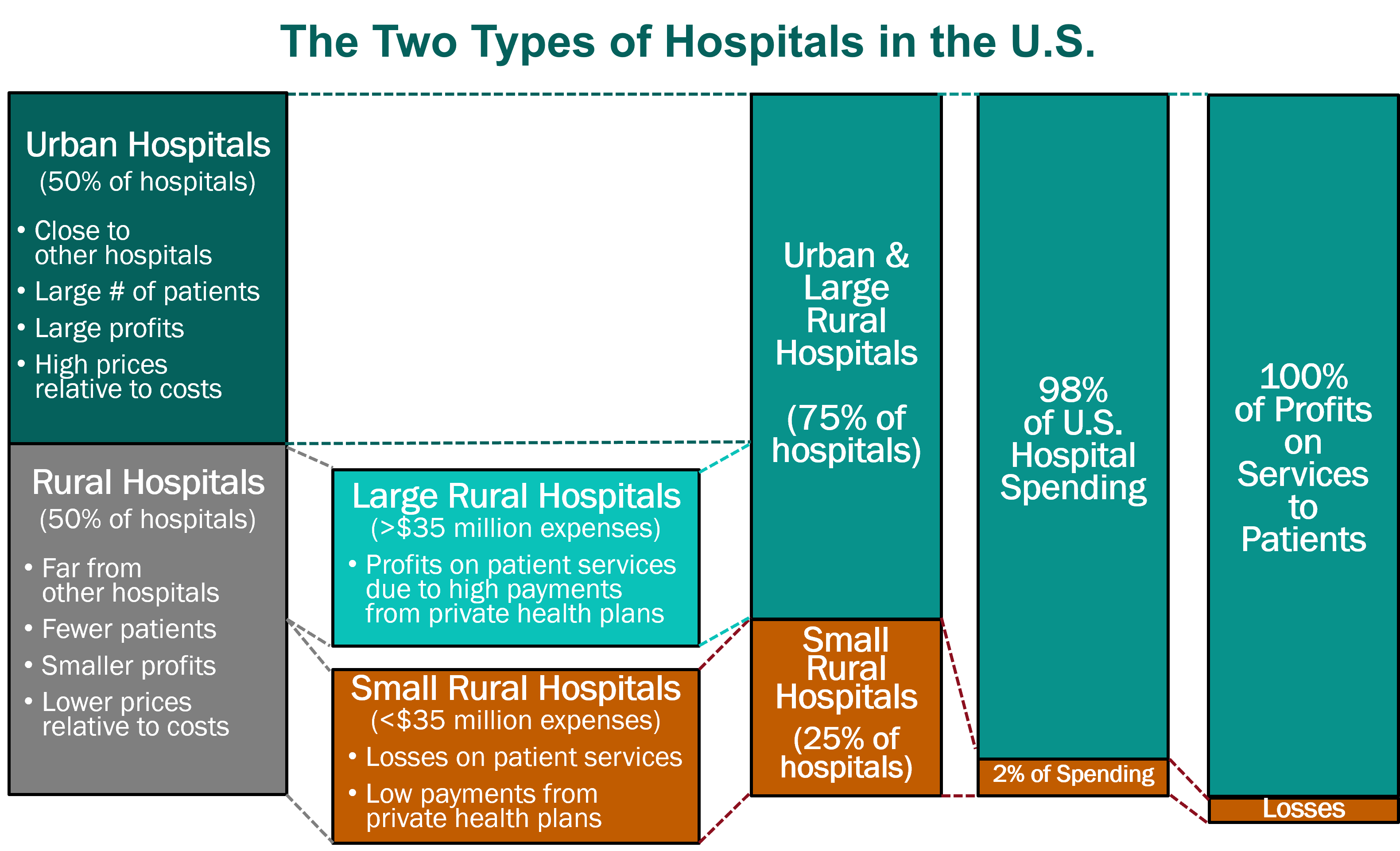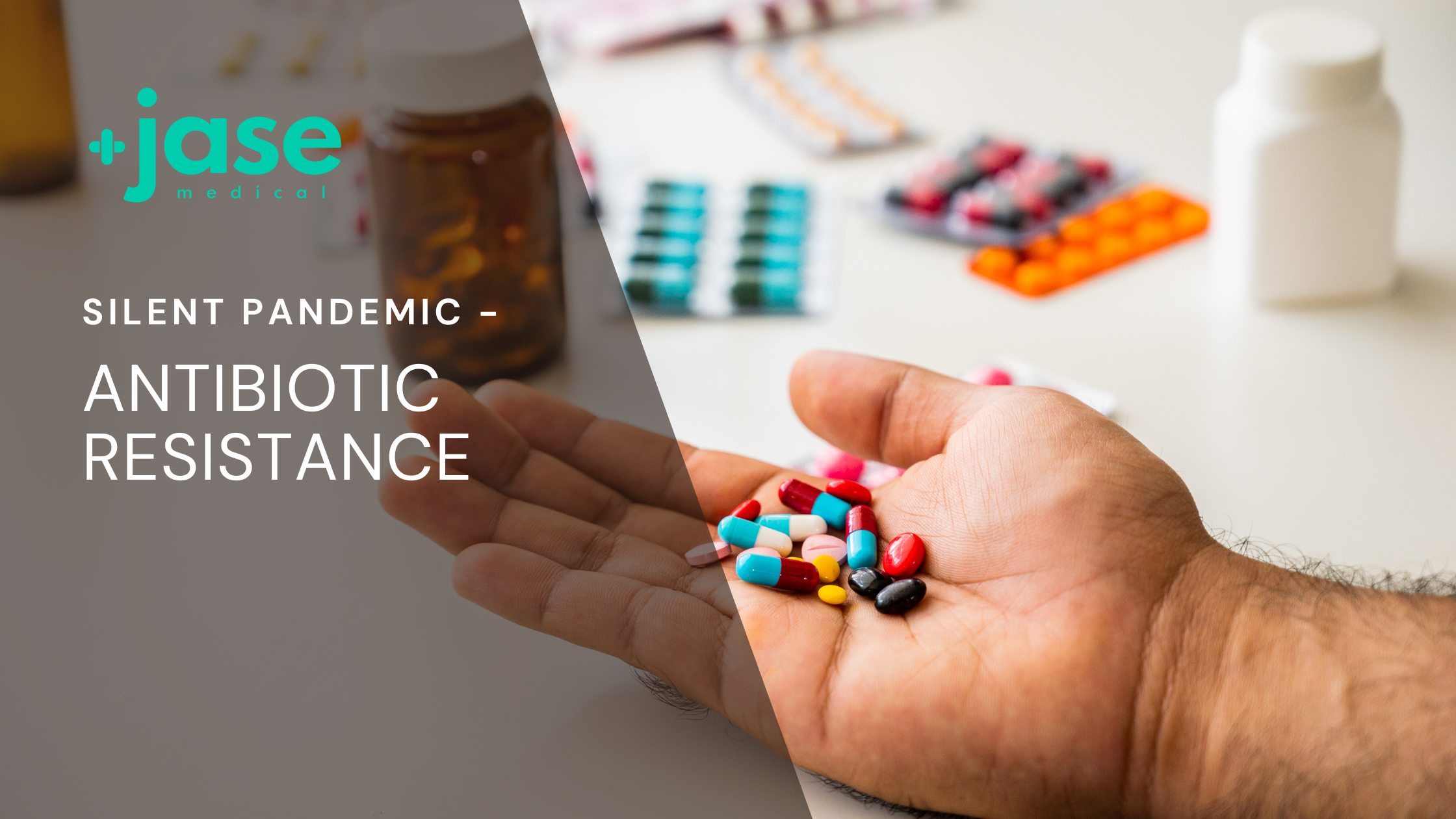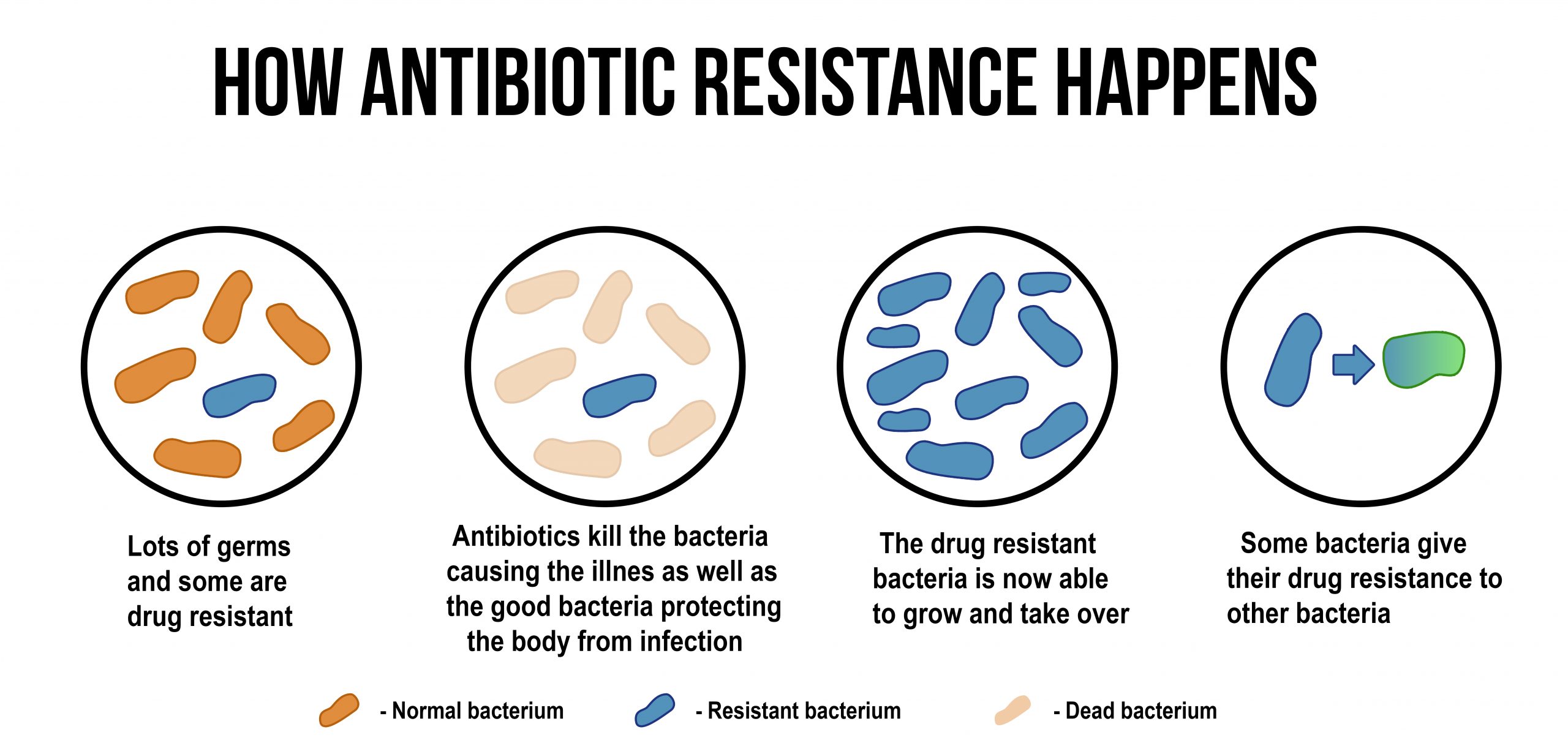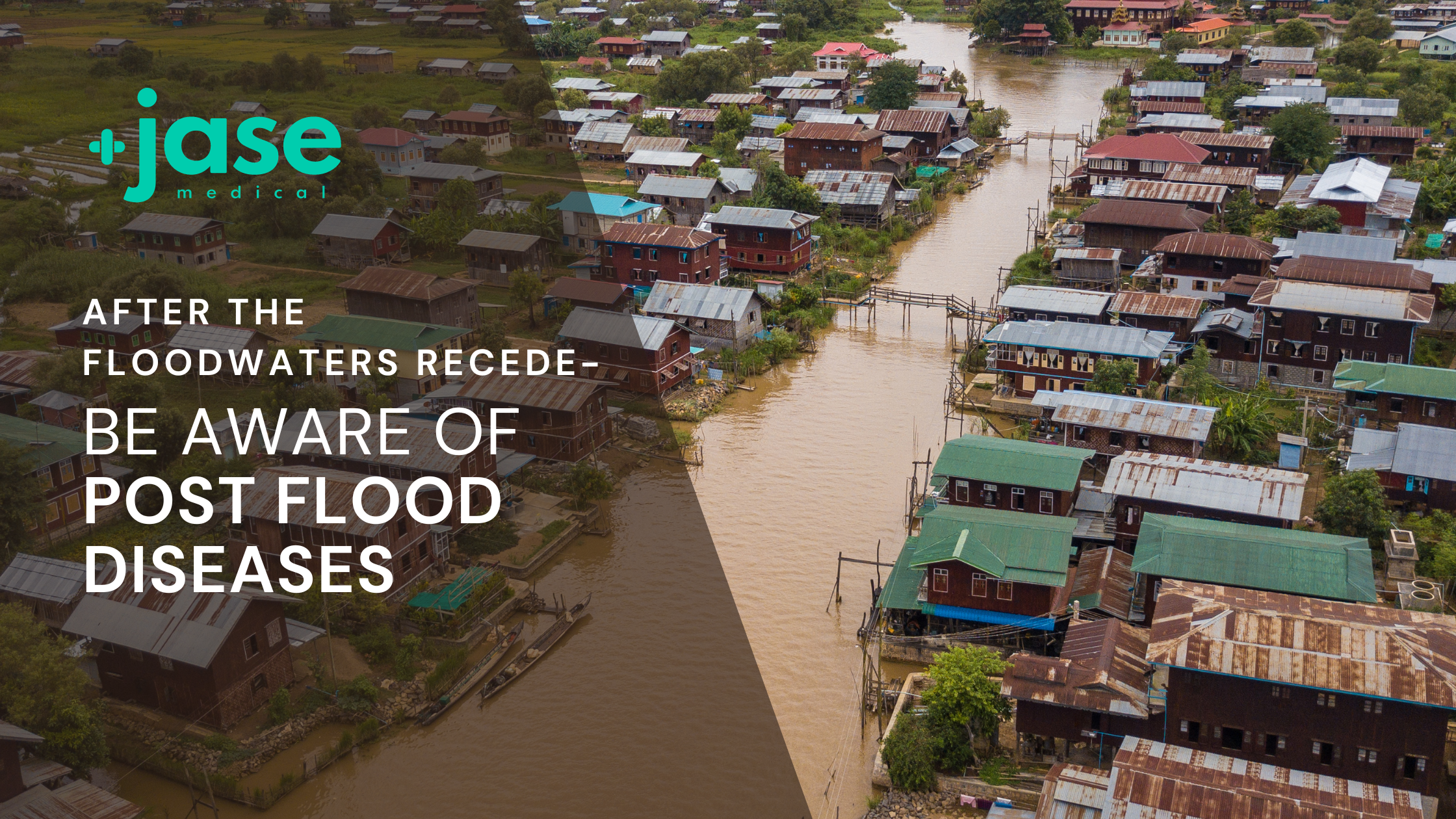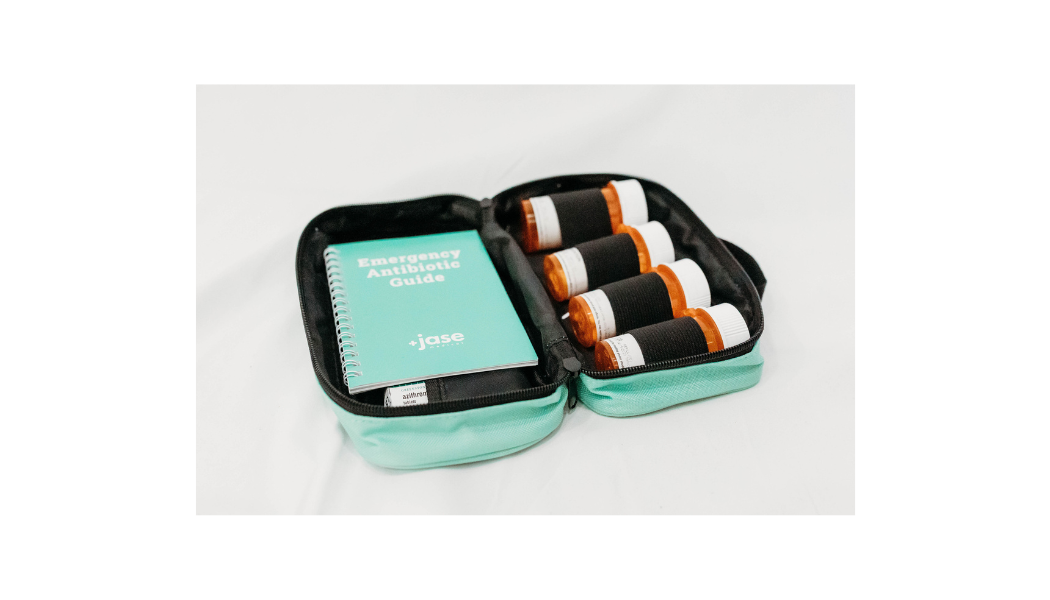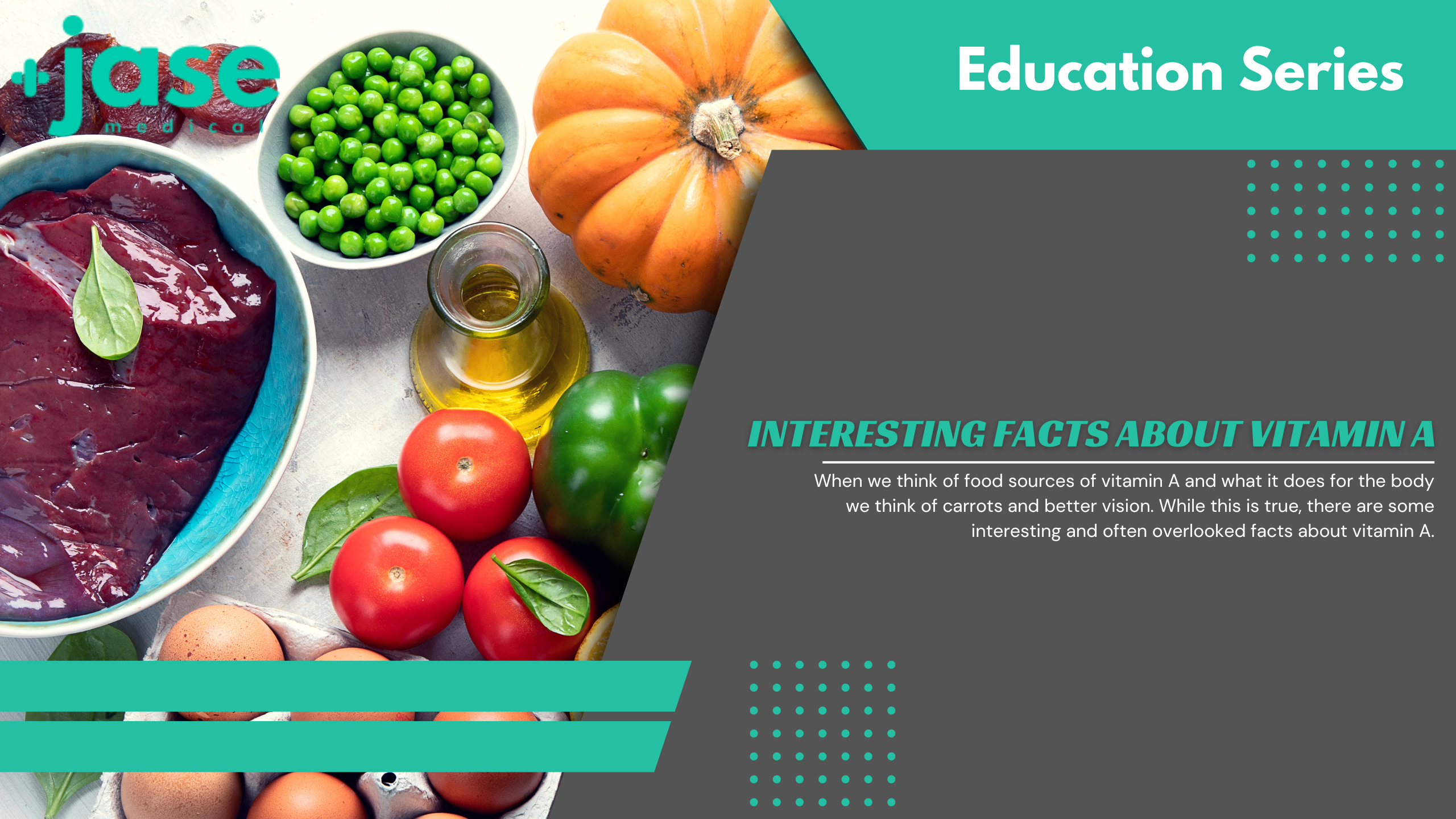Along with over-the-counter medications to relieve the symptoms of colds and flu, there are some effective, research-based remedies to reduce cold and flu symptoms, and in some cases help prevent the onset of colds and flu. Before modern medicine, our ancestors had to...
The “Last of Us” Mirrors Reality

In an eerie turn of events the widely popular HBO series “The Last of Us” could be based on an actual case of a fungal infection of Chondrostereum purpureum that occurred in India. In the series a fungus, Ophiocordyceps unilateralis infects and transforms humans into terrifying zombies, known as the “infected”.
The yet to be released June 2023 report of Medical Mycology states that a 61 year old man, a mycologist who had been working with plant fungi and decaying material, had been experiencing recurrent hoarseness of voice, cough, fatigue and lack of appetite for the past 3 months. There was no date given as to when this event occurred.

A CT scan revealed a right paratracheal (on the side of the windpipe) abscess. The abscess was aspirated and sent for evaluation.
After a series of tests were performed it was identified as a fungus, however the researchers couldn’t identify what type and sent the specimen off to the “WHO collaborating Centre for Reference & Research on Fungi of Medical importance” in India. It was identified as Chondrostereum purpureum by DNA sequencing. (D+28). He was put on a course of antibiotics for two months. After 2 years of follow up the patient showed no evidence of reoccurrence. It is believed he was infected by working closely with and repeatedly inhaling spores from the plants he was working with for an extended time.
Until this case, there had been no evidence humans could be infected by this fungus. Fungal infections have historically affected immunocompromised individuals- until now. The man was not immunocompromised- had no history of diabetes, any chronic disease, immunosuppressive drug intake, or trauma. This raises serious concerns and questions about who is at risk.
What is Chondrostereum purpureum?
Chondrostereum purpureum is a fungal pathogen that causes silver leaf infection in trees and shrubs. It mostly attacks members of the rose family but also attacks apples, pears, plums, maples and many other deciduous plants. The fungus infects the wood through wounds in the plant and causes a silvering of the leaves followed by death of the branch.
Chondrostereum purpureum used as a mycoherbicide in Canada- And the United States
Deemed “safe” for humans and animals
(What could possibly go wrong?)
January 4, 2002 ,Myco-Tech™ Paste and Chondrostereum purpureum(HQ1), manufactured by Myco-Forestis Corporation was approved by the Ottawa,Ontario Pest Management Regulatory agency. Applied as a paste, this fungus inhibits the sprouting and regrowth on cut stumps of deciduous tree species susceptible to the fungus and kills them. March 30, 2005, the EPA registered and approved Myco-Tech™ Paste. In 2007 the Myco-Forestis corporation dissolved and in 2008 registration lapsed. At the time, the paste had a very short shelf life of only 3 months.
In 2004 after much research into extending the shelf life, Chontrol Paste, developed by MycoLogic Inc. was approved for registration. The city of Toronto uses this paste for invasive buckthorn control.
In the United States Chontrol Paste has been used in southeast Oregon to control tanoak. This product is available for use throughout the United States.
Pathogenic fungi are an emerging threat
Chondrostereum purpureum is not the only fungi that has the infected humans. Candida aurus has been taking center stage ever since it was discovered that the cases has more than tripled since 2019. Candida aurus is mostly found in hospitals among immunocompromised individuals. It is spread by direct contact with infected individuals, on surfaces such as hospital beds and items and can live for several months. Some hospital disinfectants are ineffective in killing the fungus. It has a mortality rate of between 30 and 60%. It is often multi drug resistant and is fast becoming an emerging global threat, according to the Center for Disease Control (CDC).
Fungi are hard to detect in the conventional laboratory setting and often have to be sent to specialty labs for identification. In addition, they have the ability to mutate, just like bacteria, placing them as another antibiotic resistant global health threat.
- Brooke Lounsbury, RN
Medical Content Writer
Lifesaving Medications
Recent Posts
Keeping you informed and safe.
Fight Colds and Flu Symptoms with These Natural Treatments
Are You One of the 14 Million Living in a Pharmacy Desert?
Scenario this winterAll the pharmacies have shut down or are on strike within a 2-hour radius of your home. Your daughter is in the beginning states of a full-blown asthma attack. You reach for her inhaler and find it empty, and no extra cartridges are to be found....
Is the CDC’s Low Influenza Activity Data Misleading?
Warm days, cooler nights, and the brilliant, showy colors of foliage announce the arrival of fall. Sweaters, jackets, hats and gloves come out of their summer hibernation. Some days are warmer than others, but the crisp air reminds us that winter is just around the...

